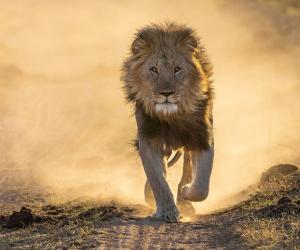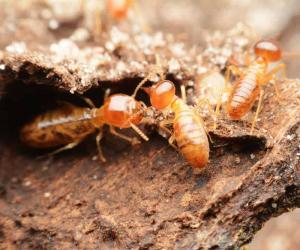8 Reasons You Shouldn't Feed Wildlife
When you see a cute wild animal in your yard or at the park, it can be tempting to put out a snack for them and have the woodland creatures gather around. But while films make feeding wild animals look like fun, becoming a real-life Snow White isn’t a great idea. It may not seem like it could cause harm, but feeding wildlife can do more damage than good. Here are seven reasons you shouldn’t feed wildlife.
1. Feeding Them the Wrong Thing Can Kill Them
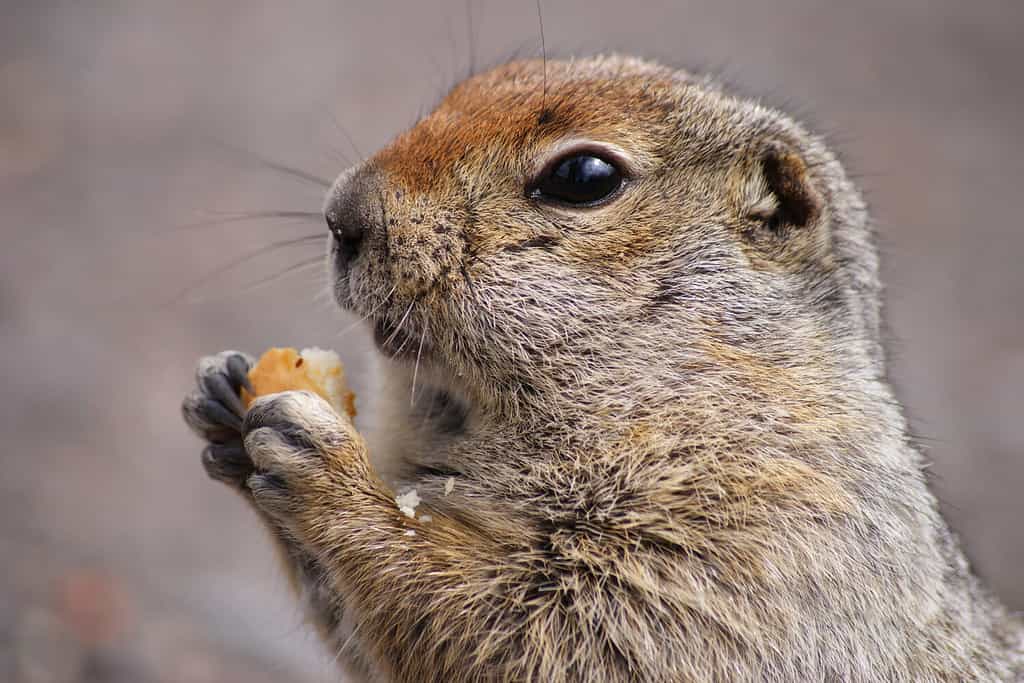
©Lateman/Shutterstock.com
Just because an animal eats a certain food doesn’t mean it’s good for them. Human food can be incredibly hazardous for wild animals. Ducks and geese will happily eat bread, but foods like this can actually harm them. While waterfowl may find bread tasty, it doesn’t contain much nutritional value for them. However, it will make them feel full, preventing them from foraging for natural foods that would provide them with proper nutrition. This can lead to malnutrition and even death.
The same is true for deer; while they will eat bread, it can cause indigestion so severe that it can be fatal. Squirrels will eat chips, cookies, or other processed foods, but they can cause unhealthy weight gain, dental problems, and lethargy that can make them susceptible to predator attacks. Gulls swoop down for cheese curls and French fries, but these snacks can make them sick and weak.
Without knowing the proper diet for an animal, providing them with food can be incredibly detrimental, despite good intentions.
2. Unnatural Food Sources Encourage Overcrowding
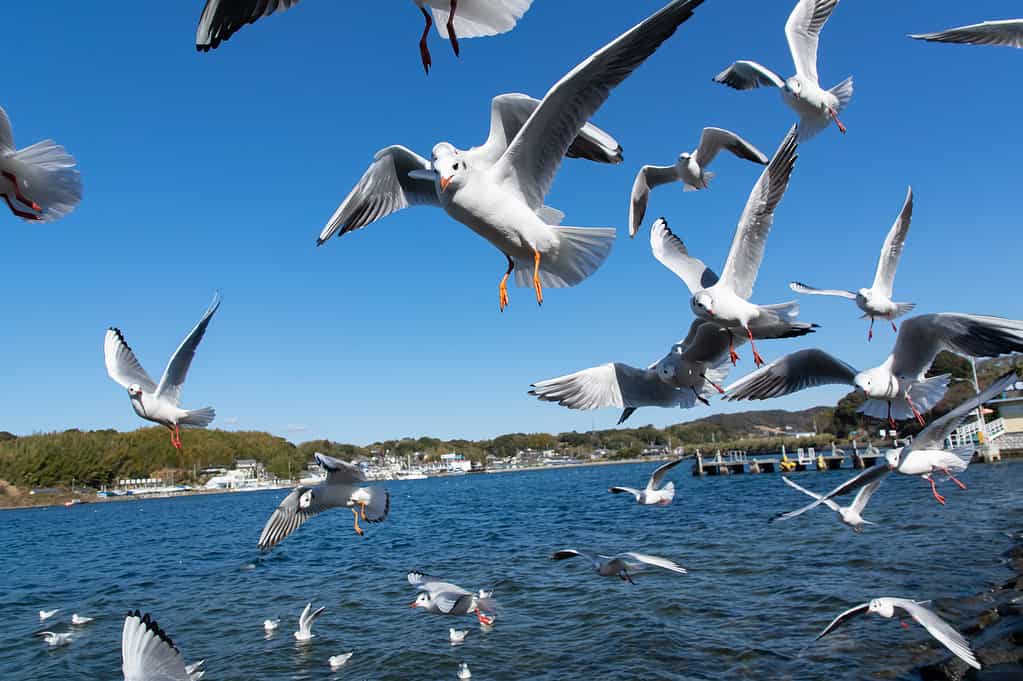
©rai/iStock via Getty Images
If you’ve ever seen someone toss food to a gull at the beach, you’ve witnessed the huge flocks of gulls that show up almost immediately looking for their own handouts. Animals congregate in areas with easily accessible food sources. Backyard bird feeders attract numerous avian species that jostle for space and seed. Putting food out for feral cats rings the dinner bell for every raccoon, opossum, and skunk in the area.
Although it can be exciting to see many animals in one place, overcrowding increases the spread of disease. Without the draw of an easy meal, most animals spread out and keep to their own territories to find food. Animals like opossums or skunks may never come in close contact with other members of their species except during breeding season. This distance helps prevent disease from spreading from one animal to another.
3. You’ll End Up Feeding Other Wildlife
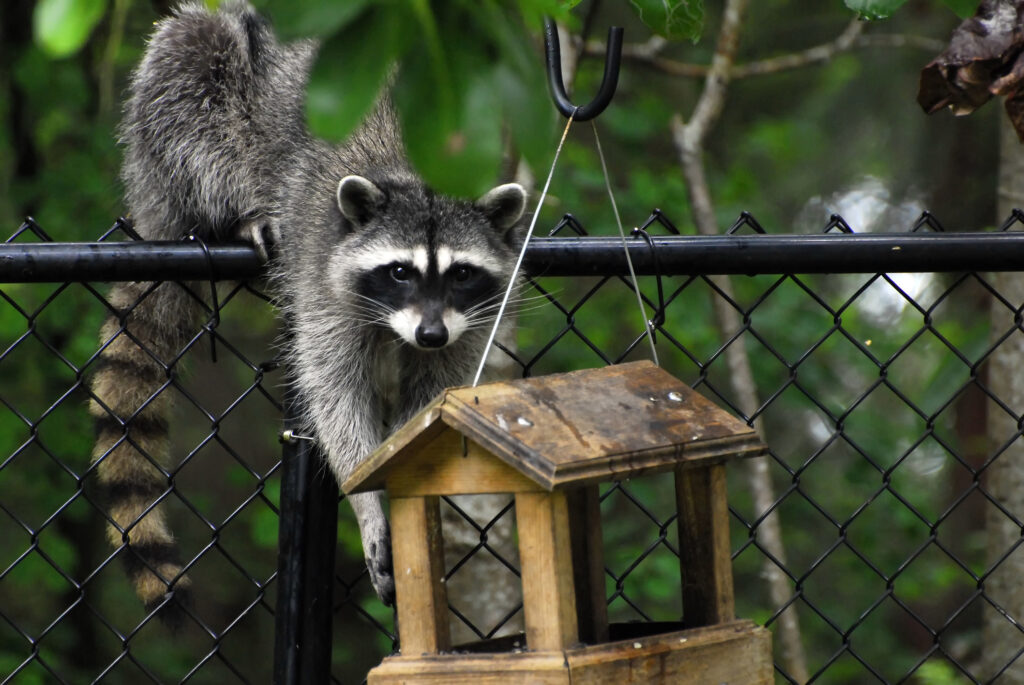
©Edward Palm/iStock via Getty Images
Even though you know the bird feeder is there for the birds, other local wildlife won’t respect that distinction. Bird seed attracts a wide variety of species, including opossums, raccoons, squirrels, chipmunks, rats, and even bears. Since animals like to den near convenient food sources, attracting these animals with food may end up encouraging them to move into your yard, attic, or garage.
This also puts the animal you intended to feed—in this case, birds—at risk for predation. Raccoons, skunks, and opossums will all eat birds or bird eggs. If there are lots of birds (or other animals) congregated, the predators will follow.
4. Feeding Creates Nuisance Animals
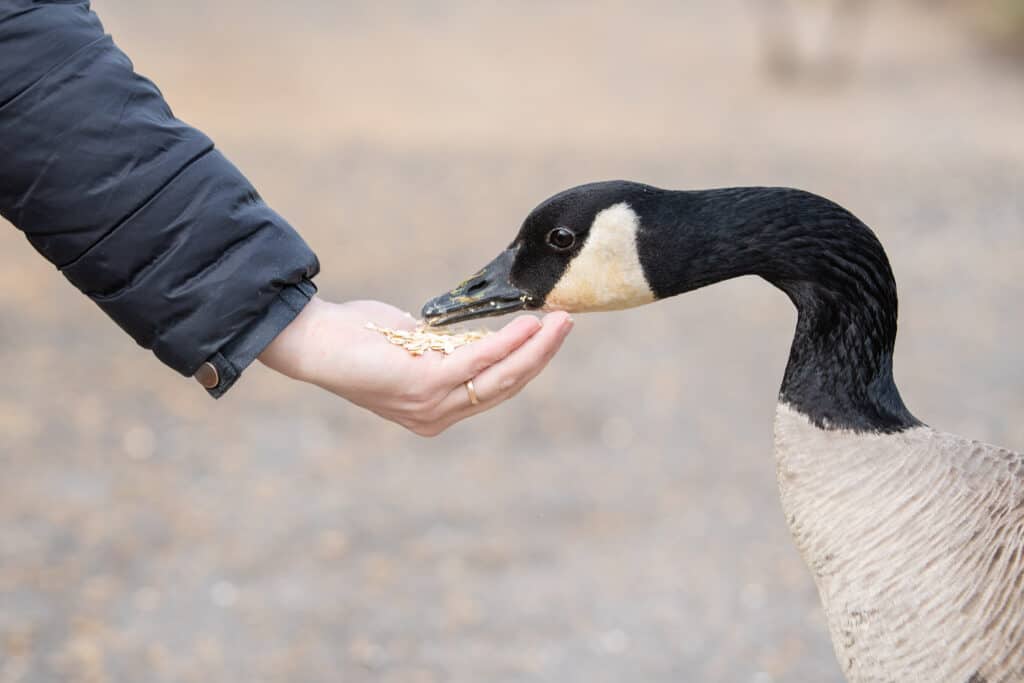
©Alexander Oganezov/Shutterstock.com
An easy food source is attractive to animals and they will return to the source repeatedly instead of foraging or hunting on their own. This causes animals to become reliant on the food source—and the people providing it. While you may not mind the wildlife in your yard, your neighbors may not be as interested. Wild animals that are fed are disinclined to leave and the constant exposure to people causes them to become unafraid over time.
An animal that sees people as a food source often won’t discriminate between people. When hungry, they will approach any person in search of food. Some animals even become aggressive, nipping or scratching people to demand a meal. Once a wild animal becomes this bold, often the only course of action is to euthanize the animal.
5. Wildlife Can Become Imprinted
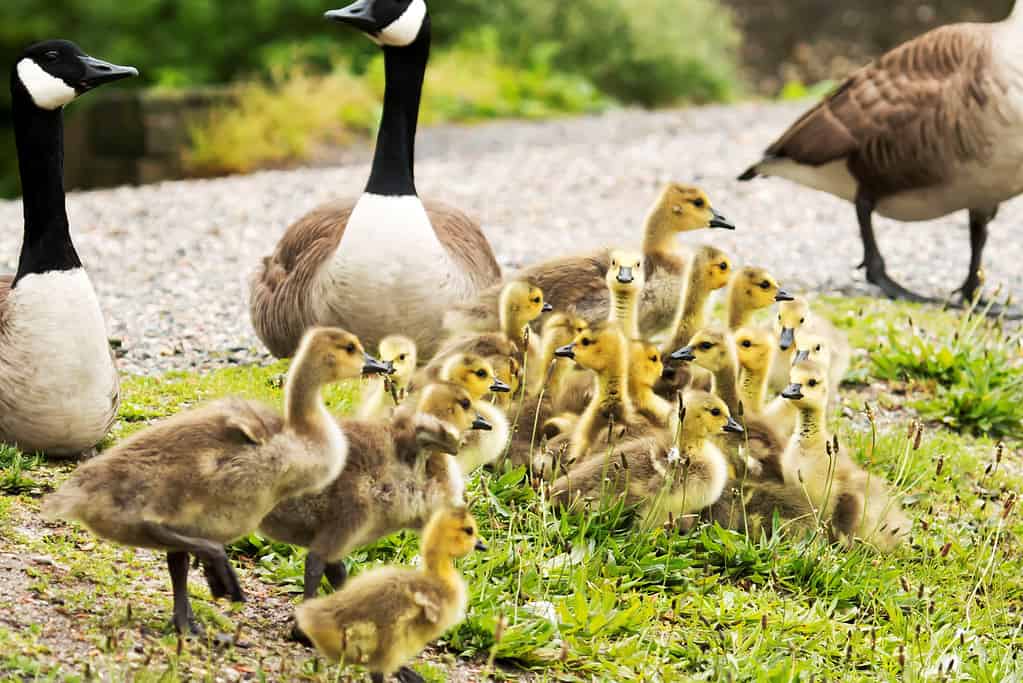
©WoodysPhotos/iStock via Getty Images
Another reason not to feed wildlife is the risk of imprinting or habituating young animals. When a baby animal imprints, it sees a person, rather than its mother, as its caregiver. Wildlife exceptionally prone to imprinting include fawns, goslings, raccoons, woodchucks, bears, and baby birds. Feeding these young animals and getting them acclimated to people destroys their natural instincts and prevents them from learning how to find food independently.
Once an animal imprints, it is incredibly difficult to reverse the process. Essentially, the animal needs to be taught that it is an animal and not a human. While licensed wildlife rehabilitators are sometimes successful in reversing imprinting, many imprinted animals end up being euthanized because they are unequipped to survive in the wild. As such, baby wildlife should never be fed. If a baby animal is orphaned and unable to be fed by its mother or find food on its own, do not try to feed the baby on your own, but contact a licensed wildlife rehabilitator for assistance.
6. Wildlife Doesn’t Need to Be Fed
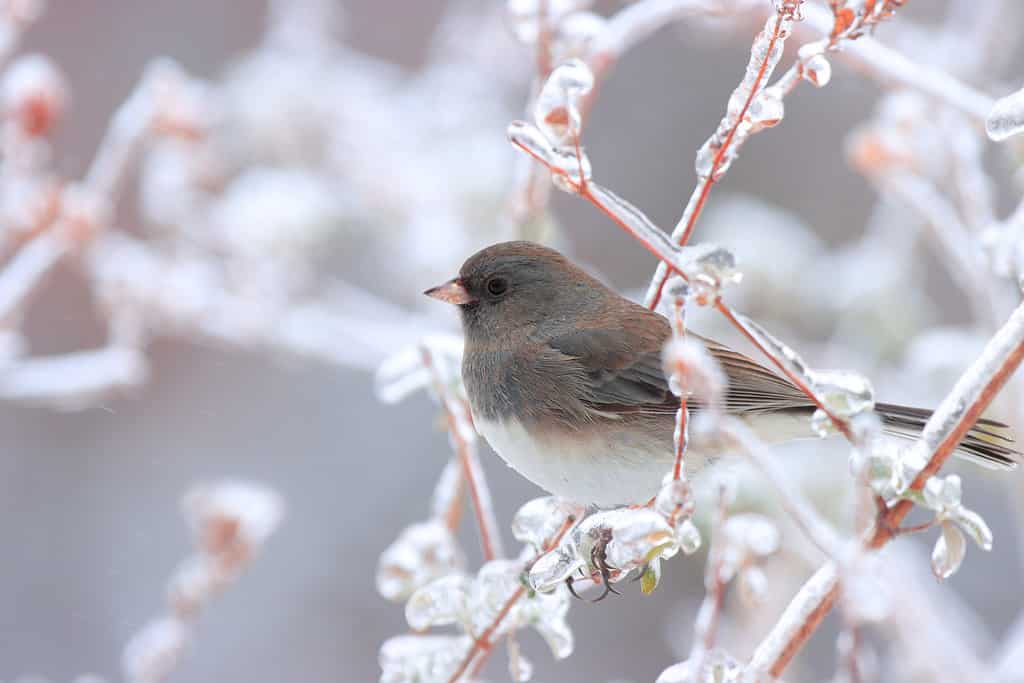
©Walter Coate/Shutterstock.com
Wild animals are incredibly adept at finding food on their own and don’t need supplemental food sources from people. This is even true in winter; while food may be scarcer, animals have adapted to eat different foods during this time. For example, Eastern cottontails primarily eat greens such as clover and dandelions in spring and summer but will eat bark, twigs, and buds on bushes. Similarly, while raccoons enjoy fruit as part of their diet in the summer, they will substitute it with acorns, plant stalks, and seeds in colder months.
Wild animals have adapted to be incredibly resourceful when it comes to finding food. Feeding wildlife damages these skills, often leaving animals unprepared if the food source goes away.
7. Feeding Wildlife Can Be Dangerous
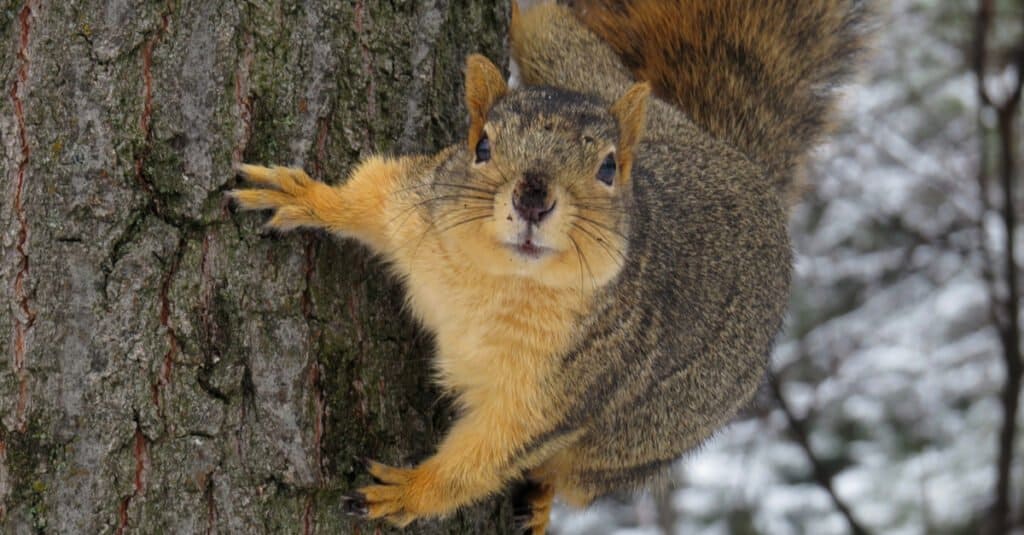
©Nico Giuliani/Shutterstock.com
No matter how tame a wild animal may seem, it is still wild. This means wildlife is unpredictable. A squirrel that takes peanuts from a person’s hand may become agitated and bite. Gulls’ beaks are incredibly sharp and can draw blood if they grab someone’s hand while taking food. Bears comfortable with people one month may become defensive and aggressive during baby season.
Regardless of the species, there are serious risks anytime people interact with wildlife. This can be avoided by not attracting animals with food.
8. It’s Illegal to Feed Wildlife in Many Places
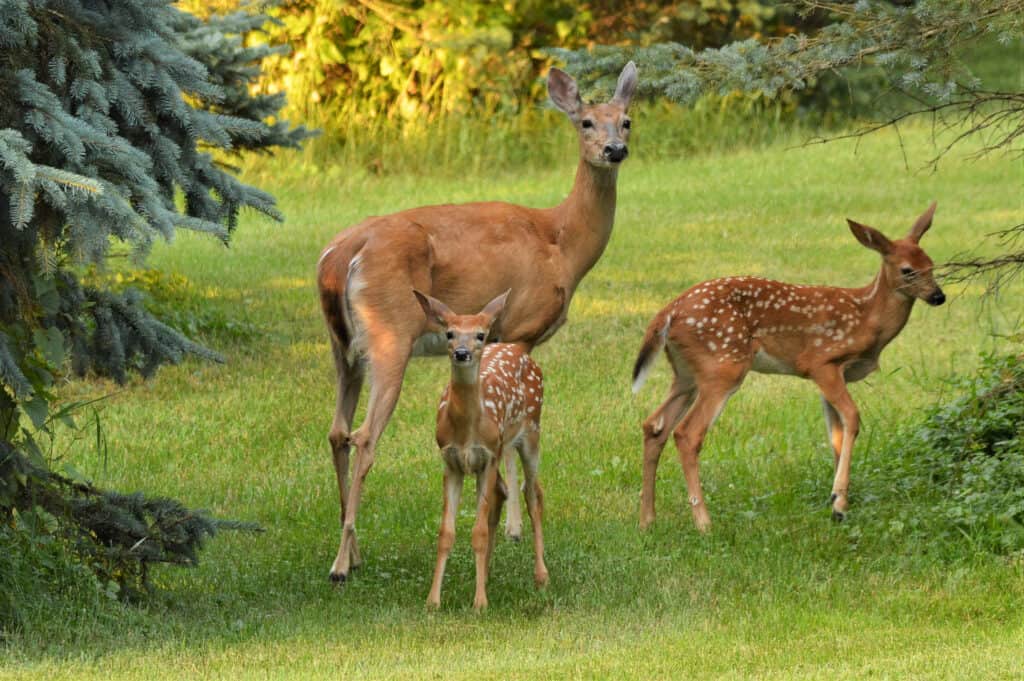
©Lester Graham/Shutterstock.com
In addition to being bad for the animals and dangerous, feeding wildlife is illegal in many places. Feeding wildlife falls under animal harassment laws in many states. The penalty for a first infraction of feeding wildlife in Florida is $100. Subsequent infractions can be prosecuted as felony crimes. In Ohio, it’s illegal to feed wildlife except in posted areas or as part of a park-sponsored project. In New York, legislation prohibits people from feeding birds, squirrels, or other wildlife in public parks. Laws like these are in place across the country to protect both animals and people from the harmful effects of feeding wildlife.
Summary of 8 Reasons You Shouldn’t Feed Wildlife
| Reason | Explanation |
|---|---|
| 1. Feeding wildlife the wrong thing can kill them | Many human foods are unhealthy for wild animals, even though the animals may eat them. |
| 2. Unnatural feeding encourages overcrowding | Animals congregating at a food source increases the spread of disease. |
| 3. You’ll end up feeding other wildlife | Putting food out may not always attract the animals you intended. |
| 4. Feeding creates nuisance animals | Animals that become used to humans feeding them can become problems. |
| 5. Wildlife can become imprinted | Baby animals that are fed can become too comfortable with people. |
| 6. Wild animals don’t need to be fed | Wildlife is capable of finding food by itself. |
| 7. Feeding wildlife can be dangerous | Animals can harm people when they come in close contact. |
| 8. It’s illegal to feed wildlife in many places | Misdemeanor and criminal charges can be pressed in many states. |




